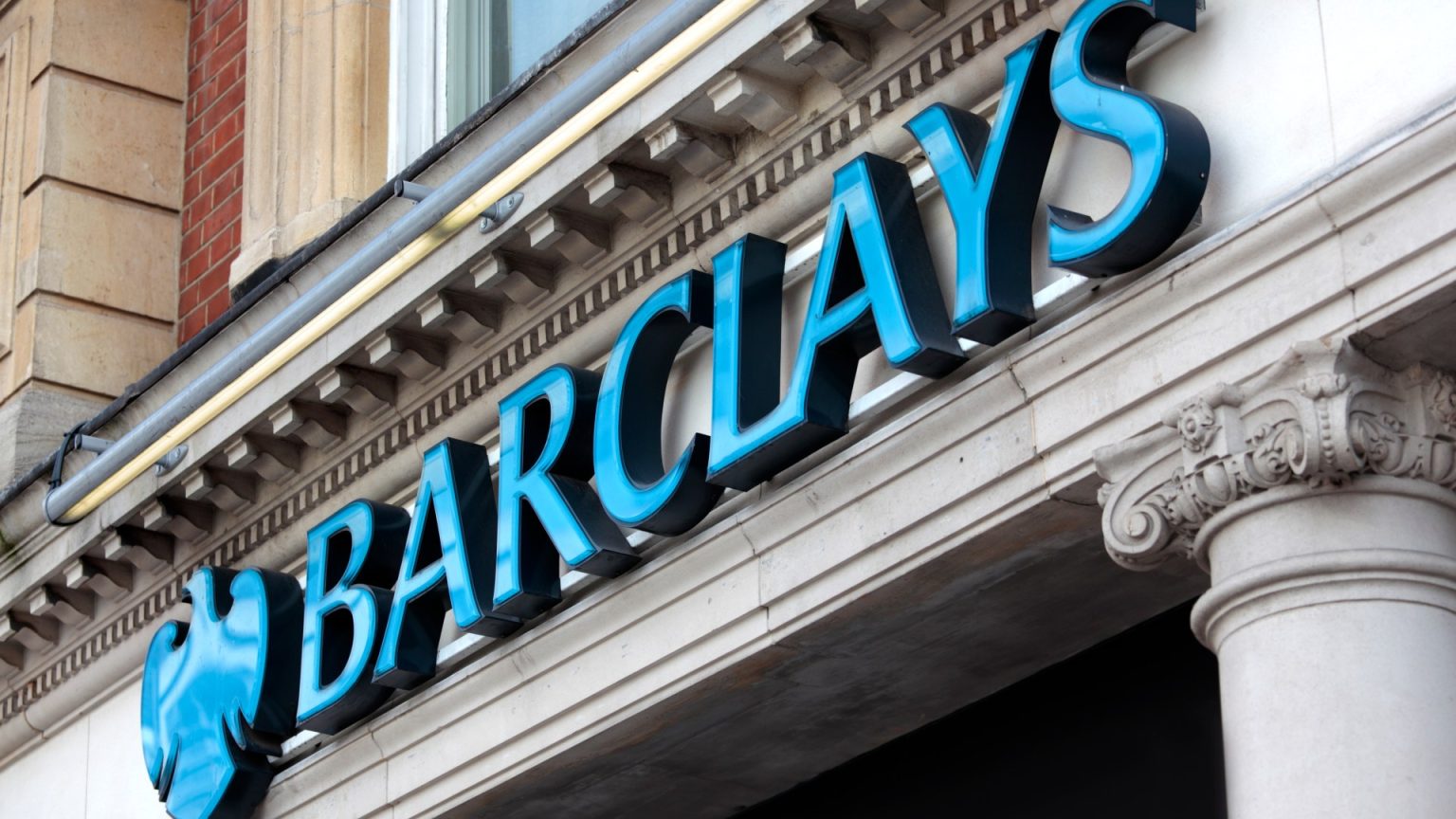Barclays Bank, serving over 20 million UK customers, has implemented interest rate reductions across several of its popular savings accounts, impacting the potential returns for thousands of savers. Two easy-access accounts, the Rewards Saver and Blue Rewards Saver, have experienced notable cuts. The Rewards Saver’s interest rate for accounts without withdrawals has dropped from 2.75% to 2.51%, translating to an approximate £12 annual decrease in interest earned on a £5,000 balance. If withdrawals are made, the rate further diminishes to 0.76% from 0.85%, representing an additional £4.50 annual loss on the same balance. Similarly, the Blue Rewards Saver, designed for Blue Rewards or Premier Banking customers, has seen its no-withdrawal rate fall from 3.40% to 3.17%, and its withdrawal rate from 1.01% to 0.76%. These changes equate to annual interest reductions of approximately £11.50 and £12.50, respectively, on a £5,000 balance.
Further rate adjustments are scheduled for February 13th, affecting the Everyday Saver and Rainy Day Saver accounts. The Everyday Saver’s rate will decrease from 1.51% to 1.26% for balances up to £10,000, resulting in an estimated £12.50 annual interest reduction on a £5,000 balance. Conversely, balances exceeding £10,000 will see a slight rate increase from 1.16% to 1.26%. The Rainy Day Saver, also geared towards Blue Rewards and Premier Banking customers, will experience a rate decrease from 5.12% to 4.87% for balances up to £5,000. This translates to a yearly interest reduction of around £12.50 on a £5,000 balance. Balances above £5,000 will maintain their existing rate of 1.16%.
In light of these changes, Barclays customers are encouraged to explore alternative savings options to maximize their returns. High street banks often offer less competitive interest rates compared to online banks or “challenger banks.” These newer institutions typically operate with lower overhead costs, enabling them to offer higher interest rates to attract customers. Several providers currently offer rates up to 4.86% on easy-access savings accounts. Among the options, GB Bank, accessible via the NuWealth platform, offers a 4.86% rate on balances of £500 and above, while Chip’s easy-access saver provides a 4.85% return on balances from £1 upwards.
Beyond easy-access accounts, customers seeking longer-term savings growth might consider fixed-term bonds or regular savings accounts. Fixed-term bonds offer a fixed interest rate for a specified period, providing predictable returns, although access to funds is restricted during the term. Regular savings accounts incentivize consistent saving habits by offering potentially higher interest rates compared to standard easy-access accounts, albeit with limitations on the amount that can be deposited each month.
The diverse landscape of savings accounts includes fixed-rate, notice, easy-access, and regular saver options, each with distinct features and benefits. Fixed-rate accounts or bonds offer some of the highest interest rates but restrict access to funds during the agreed term. Notice accounts provide slightly lower rates but offer more flexibility in accessing funds, requiring advance notice before withdrawals. Easy-access accounts, as the name suggests, allow for unlimited withdrawals but typically offer lower interest rates. Regular saver accounts encourage consistent monthly contributions and often offer higher returns than easy-access accounts, but may have deposit limits.
Individual Savings Accounts (ISAs) provide a tax-efficient way to save, allowing individuals to save up to £20,000 annually tax-free. These accounts operate similarly to conventional savings accounts but offer the advantage of tax-free interest earnings. When choosing a savings account, consider factors like accessibility, interest rates, and any associated fees or restrictions.
The future of savings rates is often tied to the Bank of England’s base rate. Recent reductions in the base rate may lead to further cuts in savings rates, negatively impacting savers. Opting for a fixed-rate bond can potentially mitigate the impact of future base rate cuts by locking in a guaranteed interest rate for a set period. However, this strategy limits flexibility if rates rise during the fixed term.
When comparing savings rates across different providers, utilizing price comparison websites like MoneyFactsCompare.co.uk and MoneySupermarket can streamline the process and identify the most competitive options. These platforms allow for tailored searches based on account type and other preferences. A useful benchmark is to look for accounts offering interest rates above the prevailing inflation rate, currently around 2%. Maintaining a balance in an easy-access account is generally recommended for covering unexpected expenses. For long-term savings goals, fixed-rate bonds or regular savings accounts with higher interest rates may be more suitable.


